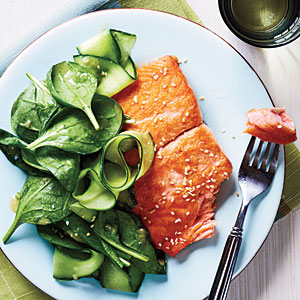 Summer means your hair and skin are on view, and you want them to look their best. We’ve run across a few treatments to help you keep your skin and hair in the best, most luxurious shape possible, and we’d like to share.
Summer means your hair and skin are on view, and you want them to look their best. We’ve run across a few treatments to help you keep your skin and hair in the best, most luxurious shape possible, and we’d like to share.
Moroccan argan oil
This incredible oil works to keep both hair and skin supple and moisturized, and it contains naturally occurring vitamin E and antioxidants. Many beauty products are incorporating the oil, though there may not be enough oil in them to be of any value.
You can purchase the oil itself and use it as you see fit on your hair before, during, or after your shower. This oil can also be used after you blow dry your hair. To use on skin, apply just a few drops any time. It is particularly helpful for the skin under the eye.
Natural hair remedies
Your next hair treatment may be as close as your kitchen. With its moisturizing yolk and oil-cutting white, eggs transform any type of hair.
Normal hair = use entire egg
Dry hair = use yolk only
Oily hair = use white only
Apply to damp, clean hair, wait 20 minutes, and rinse with cool water to avoid cooking the egg.
For hair with no body, combine 1 tsp canola oil, a raw egg, and ½ cup flat beer. Apply to damp, clean hair, let sit for 20 minutes, and then rinse with cool water. Avocado will help smooth frizzy hair and repair damage. Mash half an avocado and massage into damp hair. After 20 minutes, rinse with water.
You don’t need to pay for clarifying shampoo. Simply create a paste of 2 tbsp baking soda with a little water and massage into your hair. After 10-20 minutes, rinse with water and wash hair.
Natural skin treatments
You don’t need to pay to help your skin stay beautiful and young looking. You just need to go to the grocery store. Coconut oil will remove makeup and moisturize your skin better than most lotions. Be sure to buy virgin organic oil, and keep it out of your eyes.
Cocoa butter is an excellent all-over moisturizer, and like coconut oil, it smells delicious. Olive oil, sugar, and lemon combined make an excellent exfoliating scrub for the entire body.
Rub mayonnaise over your feet, wait 10 minutes, then wipe it off. You can also do the same on your face for a rejuvenating facial.
Which hair and skin treatments do you swear by?














